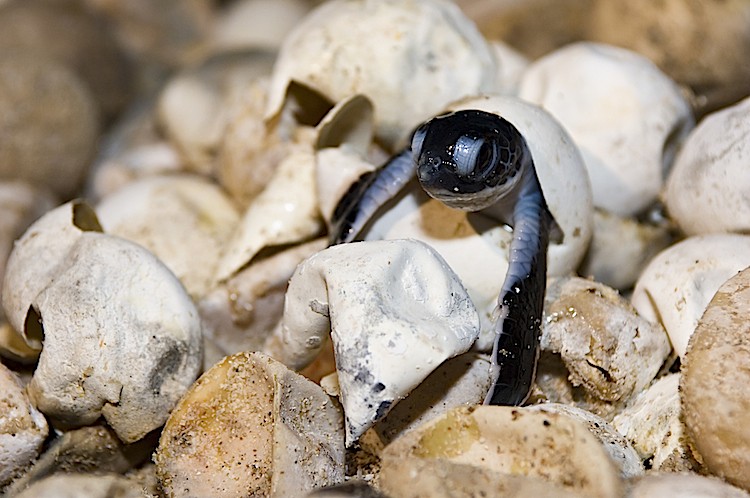SCIENCE IN PICS: Feeding Hawksbill Turtle
The hawksbill turtle, Eretmochelys imbricata, inhabits reefs in the Indo-Pacific and Central Atlantic oceans, and is endangered throughout its range, mostly due to hunting for the tortoiseshell trade.
|Updated:






